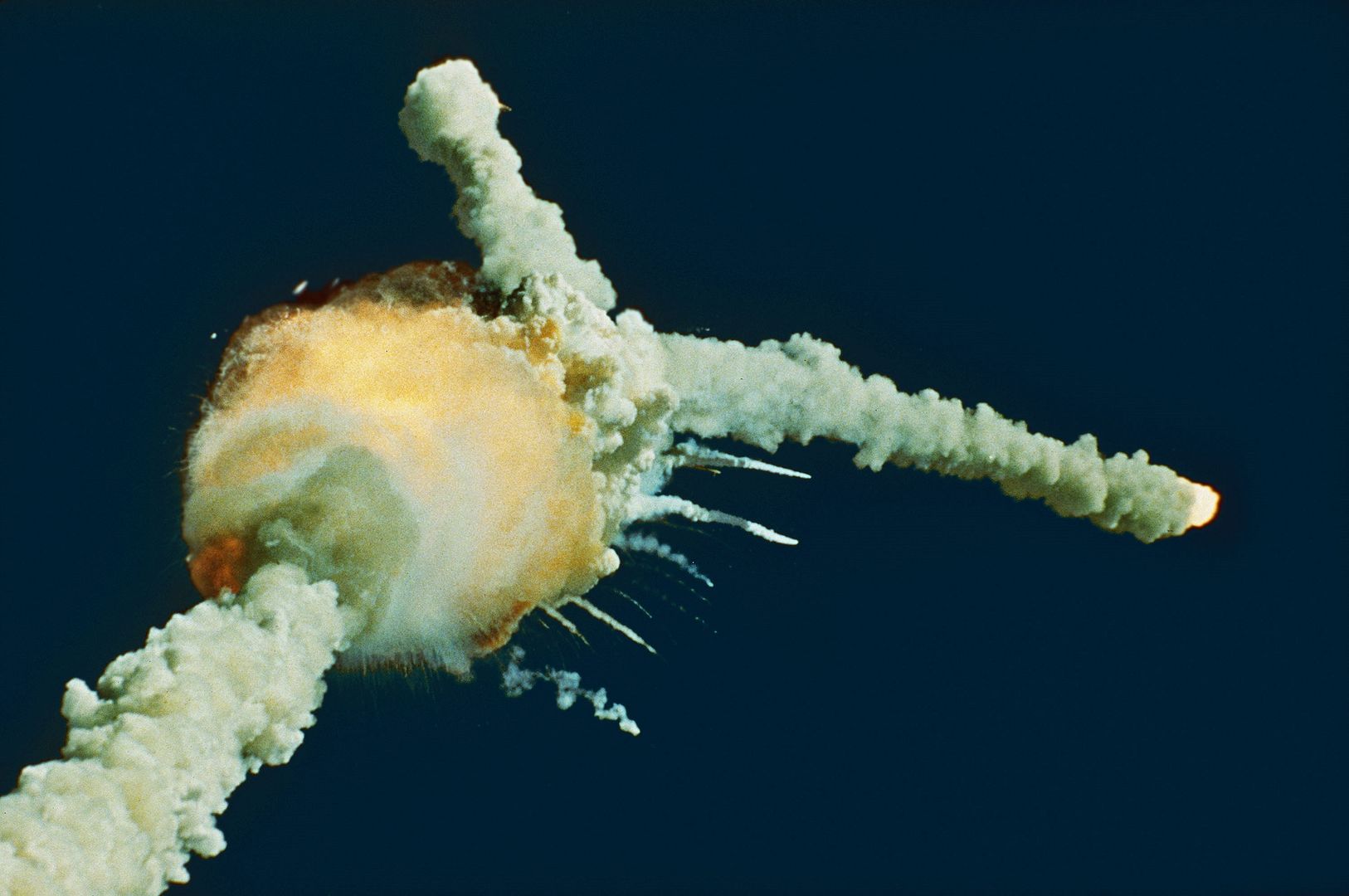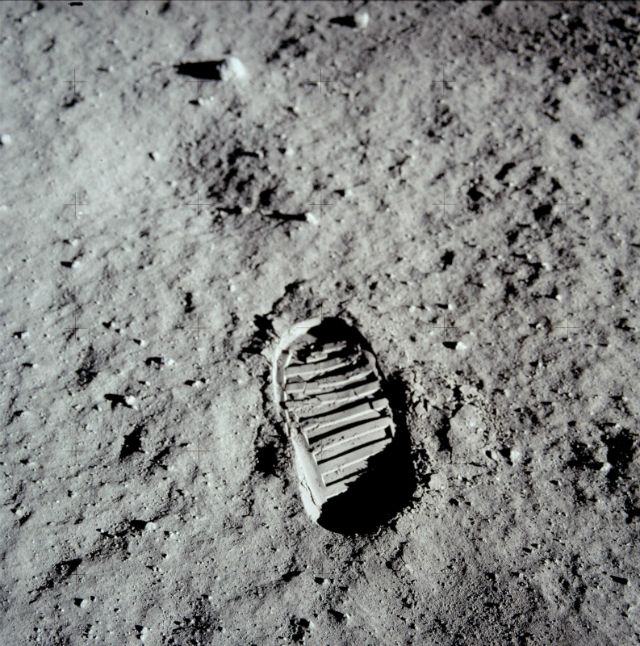
I first posted this in 2005. The link to Dr. Sanity’s blog is still good.
As some of you may know, I grew up on Florida’s Space Coast. My father was a Quality Control engineer for IBM, working on the Instrument Unit (guidance system) for the Saturn V rocket. I got to see all of the manned missions up through Skylab launch from just across the Indian River, except for Apollo XVII – the only night launch. I watched that one from my front yard in Titusville.
There were two dawns that day.
Consequently, I’ve been a space exploration enthusiast from a young age. I try to watch all the launches, or at least listen to them on the radio. I remember listening to the launch of the Challenger early in the morning here in Tucson, and thinking – as the station broke for a commercial – “At least this one didn’t blow up on the pad.”
Morbid, I know, but I’m also an engineer. I wasn’t then – I had just graduated from college in December and didn’t have a job yet – but that’s been my orientation for most of my life. I knew that each manned launch was a roll of the dice, a spin of the cylinder in a big game of Russian Roulette, and that NASA had become just another government bureaucracy. (And I also knew just how close we had come to losing three men in Apollo 13 because a series of small, innocuous errors had cascaded into a catastrophic failure in a system that was almost neurotic in its quest for safety.)
It was just a matter of time.
Still, I was shocked when they came back from commercial to announce that Challenger had been destroyed in a launch accident just minutes after liftoff. I knew that all seven of the astronauts were dead. I knew that the “teacher in space” wasn’t going to get there, and that a classroom of students had to be devastated by that realization. Many, many classrooms, but one in particular.
I watched the footage of the liftoff, now splayed in endless grisly loops on every network – all of which had previously declined to show the launch live and interrupt really important stuff like “Good Morning America.” I watched as the flame bloomed out from a Solid Rocket Booster joint, impinging on the huge external fuel tank, and said, “That’s what killed them. What the hell caused that failure?” I watched the Satan’s horns of the SRB exhaust tracks as they trailed up and away from the epicenter of the blast. And then I watched it all again.
Over and over.
Later I discovered that the engineers at Morton Thiokol had tried to get the launch scrubbed, knowing the problems that cold weather caused in the O-ring joint seals of the SRBs, but they had been told to “take off their engineer hats and put on their manager hats” in order to make a launch decision. The launch had been delayed too many times, and President Reagan would be making his State of the Union address that night, with a call to Crista McAuliffe – Teacher in Space.
I decided right then that I didn’t ever want to be a goddamned manager.
I also found out later that the crew, at least most of them, probably survived the destruction of the Challenger, and were alive and aware all the way to impact in the Atlantic. I like to hope not, but facts are sometimes ugly things.
And I wondered if NASA could regain the spirit, professionalism, and devotion to excellence it’d had during the race to the moon – and doubted it severely. As I said, NASA has become just another government bureacracy, more interested in expanding its budget and not making waves than in the visceral excitement and attention to minute detail that space exploration should inspire. (I’m speaking of the upper-level management, and many of the lower-level drones. I’m quite certain that there are still hundreds of people there still dedicated to the dream. They’re just shackled and smothered by the career bureaucrats and the nine-to-fivers who punch the clock and wait for retirement.)
Anyway, all this is leading to a blog I found while perusing my sitemeter links tonight. GM’s Corner, which linked to me last month, has a recurring “new blogs” post. This month’s entry is Dr. Sanity, the blog of Dr. Pat Santy – who happened to be the flight surgeon for the Challenger mission. She has a post up about that day, and it’s well worth the read: Challenger – A Flight Surgeon Remembers.
Highly recommended.
And if you want to read something even more inspiring, I strongly recommend Bill Whittle’s essay Courage, about the Columbia disaster. Warning: it gets dusty towards the end.

